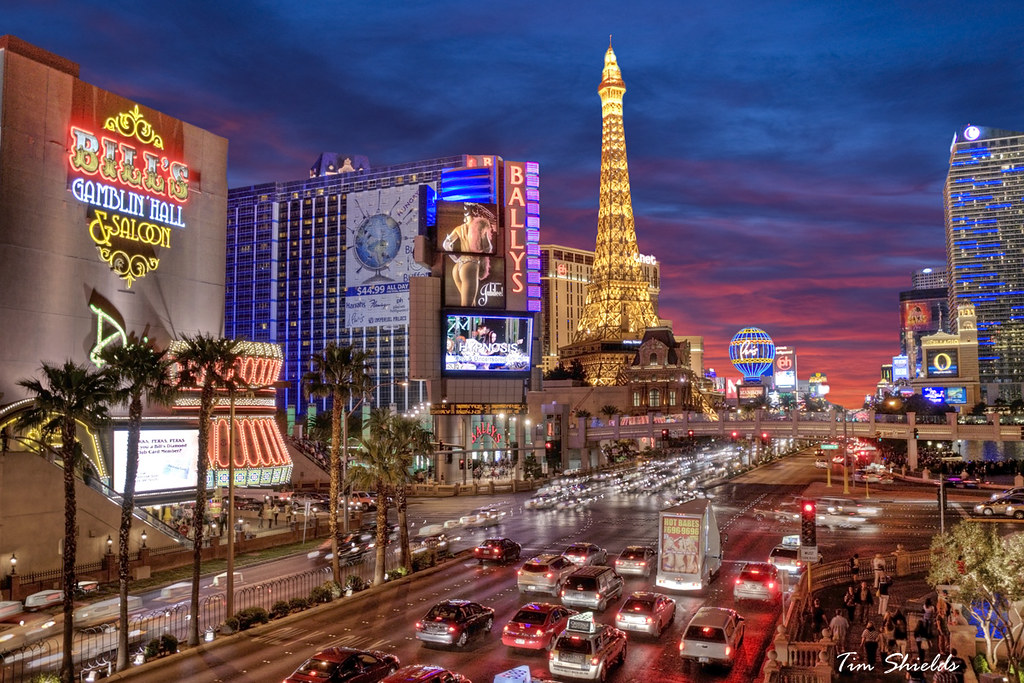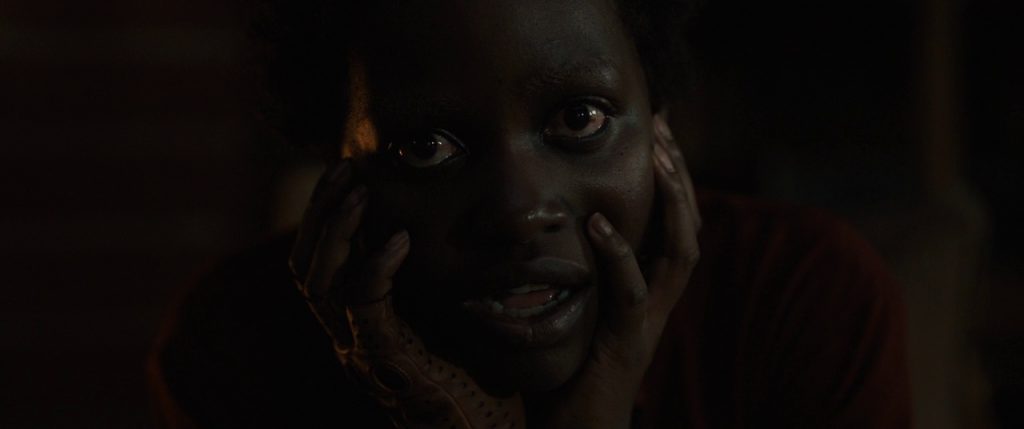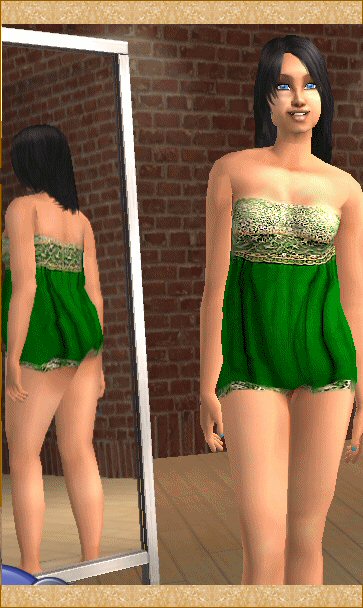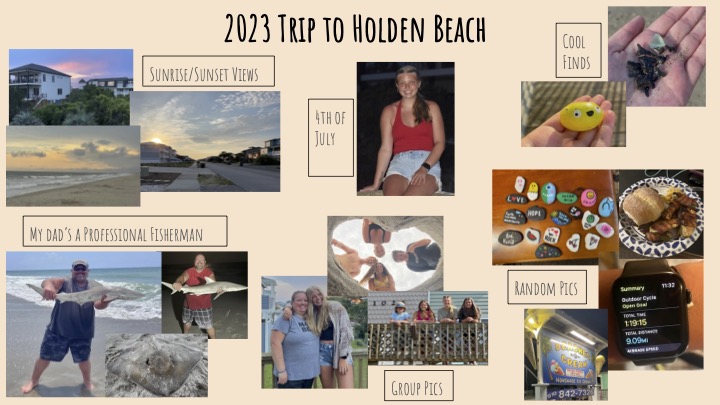

Las Vegas, Nevada was a strange place to live in as a child. Its reputation as an adult playground fraught with gambling and nightlife makes it a place that is the opposite of what one thinks of when it comes to raising a family. And yet, my family and I found ourselves living in this incredibly off-kilter city for two years. Although Las Vegas was and still is a melting pot with many different people and lifestyles, I was still incredibly sheltered. Back then, my father was on active duty in the army, meaning that Las Vegas was just another location where our family was stationed. As such, we lived on a military base just on the outskirts of the famed “strip”. My exposure to the Las Vegas that is its casinos, bars, clubs, and lavish hotels was therefore limited and monitored. There were still hints of it, yes, like how my favorite indoor amusement park was inside a massive casino that allowed smoking indoors, or like how the buffet my family enjoyed going to was in the same building complex as an endless sea of poker tables and an excess of spirits. Through both my childhood naivety and my parent’s careful censorship, I developed tunnel vision. The Vegas that I knew when I was six and seven years old was bright, colorful, whimsical, and at times magical. I knew nothing of the other, less kid-friendly side of the city because I did not have to. I only knew what I was allowed to be exposed to. You can see, then, how returning to Las Vegas at roughly 15 years old was like returning to someplace familiar now turned strange. Yes, the nostalgic undertones were still there, and at times the wonder, but the difficult part about growing up is that I no longer had tunnel vision.

We visited the “safe” areas first. The military base that I had such fond and detailed memories of was finally beneath my feet again. When you live on a military base as a child, it becomes less of a base and more of its own hidden town, with schools, stores, movie theaters, parks, and neighborhoods. When I was not being given micro-doses of the strip, the base was my entire world. We tried in earnest to find the old house that we used to live in, although, in the end, we could not recall exactly which of the nearly identical homes was ours. We stopped by the elementary school that my brother and I had once attended, and it did not look like any time had passed since we left. This trip was as much a vacation as it was a pursuit of what had once been, and it was filled with enthusiastic retellings of childhood memories. Each location inevitably leads to reminiscence. It was not until we reached the “city” part of Vegas that our recollections were abruptly challenged.
Initially, we marveled at all the sights that we were able to see once again, such as the pyramidal Luxor Hotel and the roller coasters that snaked their way in and out of the New York New York casino. I grew excited being close to all of the familiar landmarks once again, and walking down the streets again after nearly a decade was surreal. However, I began to notice what my child self had not. The strip was lustrous and extravagant and everything that it had always been, but the strip was only so long. Past the bustling tourists and flashy attractions was abject poverty in a way that to this day I have seldom seen. Crossing from the strip into the rest of Las Vegas was akin to crossing an invisible boundary. Houses were tiny and crowded together and in varying states of deterioration. The unhoused living in both above-ground encampments and tunnels beneath the city was far from uncommon. This part, the forgotten part, of Las Vegas was inundated with shades of brown and the downtrodden. I began to realize that the illustrious, skyscraper-laden Vegas was not Vegas, regardless of what I had seen as a child. This was Las Vegas, Nevada. Extreme wealth disparity was shrouded in smoke, mirrors, and showgirls. Travelers were more than welcome to the city, but the city had failed those who had spent their entire lives there. This reality was, of course, not beautiful. What was once a vacation powered by nostalgia became a very sobering experience, one that I will not allow myself to forget. Vegas is a city with riches built upon the backs of people that it no longer takes care of.




